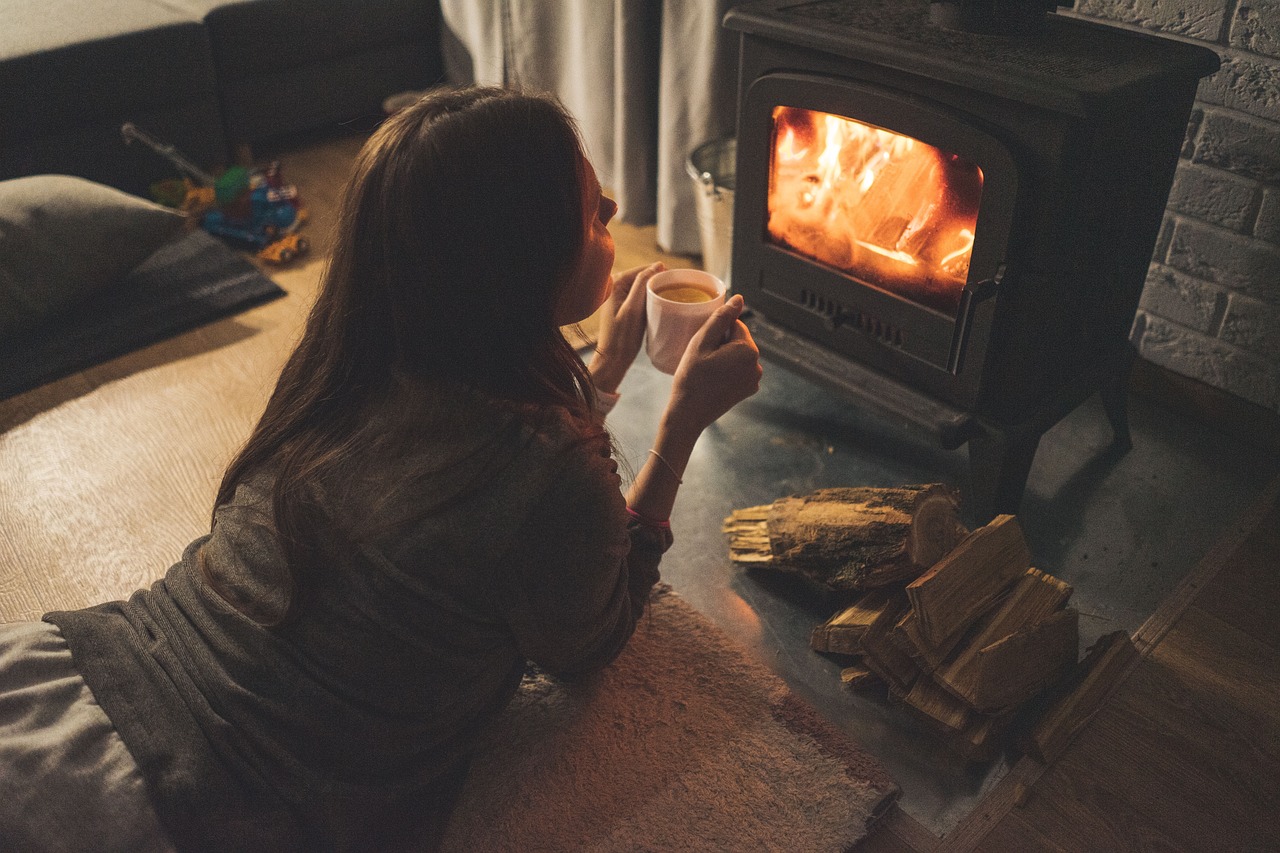Last Updated on: 22nd November 2023, 05:39 am
In the world of energy and heating, innovation always continues. As we seek more sustainable and efficient ways to keep our homes warm and cozy, a remarkable alternative to traditional logs has emerged: wood briquettes. These compact and versatile heat sources have gained attention for their efficiency, eco-friendliness, and adaptability to various wood-burning appliances. If you’re searching for a more reliable and forward-thinking option for your heating needs, it’s time to dig this into the world of wood briquettes.
The Evolution of Firewood: A Brief Overview
Firewood has been the primary heat source in countless households worldwide for centuries. While traditional logs possess undeniable rustic charm, they also have limitations. Seasoning, storage space, and inconsistent burning are just a few of the challenges of using classic records. This is where wood briquettes step in, offering a solution that addresses these concerns and brings a new efficiency level.
What Are Wood Briquettes?
Wood briquettes, often called eco-briquettes or heat logs, are dense blocks of compressed wood particles. They are created by compacting sawdust, wood shavings, and other wood residues using high pressure, often without the need for binders or additives. This manufacturing process produces a uniform, highly energy-dense product that burns longer and hotter than traditional logs.
Navigating the Benefits of Wood Briquettes: A Closer Look
As the demand for sustainable energy solutions rises, wood briquettes emerge as a compelling option for efficient heating. These compact blocks, formed from compressed wood particles, represent a shift towards eco-conscious heating practices. They bring manifold benefits: cleaner burning, reduced carbon footprint, and enhanced energy yield. By navigating through the advantages of wood briquettes, you can unlock a path to greener and more efficient home heating.
Revolutionizing Heating Practices: The Promise of Wood Briquettes
In an era where innovation drives progress, heating transforms, and wood briquettes are at the forefront. With the capacity to revolutionize how we perceive and utilize wood as a fuel source, these condensed energy bundles offer a solution that aligns with environmental responsibility and convenience. By switching to this cutting-edge heating method, one may lessen their ecological footprint while reaping the benefits of increased burn time, uniform heat distribution, and a more conscientious attitude toward conserving natural resources.
The Path Forward: Integrating Wood Briquettes into Your Heating Routine
As we navigate the evolving landscape of energy sources, it’s crucial to consider how wood briquettes can seamlessly integrate into your heating routine. Transitioning to these innovative heat sources involves a few simple steps that can significantly enhance your heating experience while contributing to a more sustainable future. You can take the first step toward effective and environmentally friendly heating by learning how to use wood briquettes daily.
Embracing Sustainability with Every Burn: A Personal Touch to Heating
Integrating wood briquettes into your heating regimen transforms how you warm your living spaces and represents a personal commitment to sustainability. With each burn, you’re actively participating in responsible forest management by utilizing wood residues that might otherwise be wasted. This tangible connection to ecological preservation adds a layer of consciousness to heating your home. Moreover, the efficient burn of wood briquettes maximizes energy yield, allowing you to get more heat out of each block and reducing the need for frequent replenishment. By embracing wood briquettes, you’re heating your home and igniting a brighter, greener future for generations to come.
Advantages of Wood Briquettes
- High Energy Density: Wood briquettes boast a higher energy density than traditional logs due to their compact nature and manufacturing process. This means you can enjoy longer burning times and more consistent heat output, making them cost-effective.
- Eco-Friendly: Wood briquettes are an environmentally conscious option, as they utilize wood residues that might otherwise go to waste. Repurposing these materials reduces the demand for newly harvested wood, promoting sustainable forest management.
- Consistent Quality: Unlike traditional logs, which vary widely regarding moisture content and burning efficiency, wood briquettes offer consistent quality throughout the batch. This predictability ensures a hassle-free and reliable heating experience.
- Storage and Handling: Wood briquettes take up significantly less storage space thanks to their compact shape than traditional logs. They are also more practical for home and business owners because they are less cumbersome to move around.
- Versatile Usage: You can use wood briquettes in various wood-burning appliances, such as fire pits, pizza ovens, wood burners, open fires, and chimneys. Their adaptability makes them a versatile heating option for different scenarios.
Choosing the Right Wood Briquettes
When considering wood briquettes for your heating needs, there are a few factors to keep in mind:
- Quality: Opt for reputable brands that produce high-quality briquettes. Look for products that are manufactured without additives or chemicals.
- Moisture Content: Lower moisture content translates to more efficient and cleaner burning. Check product specifications for moisture content levels.
- Wood Type: Wood types can impart distinct aromas and flavors when used in appliances like pizza ovens. Choose briquettes made from woods that align with your preferences.
In Conclusion
Exploring new avenues that offer improved efficiency, environmental benefits, and convenience in energy and heating is essential. Wood briquettes tick all these boxes, providing a reliable and innovative alternative to traditional logs. With their high energy density, eco-friendly manufacturing process, and versatile usage, wood briquettes are poised to shape the future of home heating. So, if you’re ready to embrace a more sustainable and effective way to keep warm, it’s time to dig into this promising solution.









